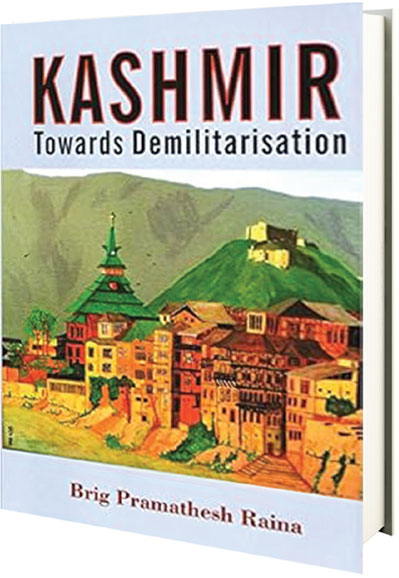The Kashmir Story
How I managed the challenge of crowd control and the two-week curfew. An extract
Brig. Pramathesh Raina (retd)

This was a period of great unrest, characterised by massive demonstrations, violent protests, open and virulent exhibition of anti-India sentiment and occasional firing on security forces by armed insurgents. Kidnappings and abductions became common. Following the abduction of the Vice Chancellor of Kashmir University, the Governor decided to adopt a tough approach and imposed an indefinite curfew in the city. Tough measures against miscreants are acceptable, but collective action on an entire city for the transgressions of a few is inadvisable and would prove counterproductive as subsequently proved. The gains of the collective curfew were few, if any, but the loss! All the goodwill and reputation earned by Mr Jagmohan in his previous avatar as Governor evaporated in those two weeks and he became a hated figure and all the ills were laid at his doorstep, most of them unfairly. But such is the nature of politics worldwide—you need a whipping boy on whom to vent out all your frustrations and grievances, and who better than the chief representative of the oppressor—Jagmohan.
Civil liberties were curtailed. Traffic check posts were set up all over the city. Ordinary citizens were made to undergo considerable difficulty in proceeding with their daily lives. Frisking and checking private vehicles became the order of the day. A person could not proceed a furlong without being checked at least once. The reason was the fact that the dress worn universally is the pheran, a loose fitting overgarment under which a weapon could easily be concealed. In this atmosphere of distrust every person was treated as anti-national. The common citizens felt that they were being collectively punished for the actions of a misguided few. Naturally, they resented the restrictions imposed on them and blamed it all on the Governor for running an insensitive government.
This cat and mouse game continued for the entire
Subscribe To Force
Fuel Fearless Journalism with Your Yearly Subscription
SUBSCRIBE NOW
We don’t tell you how to do your job…
But we put the environment in which you do your job in perspective, so that when you step out you do so with the complete picture.







